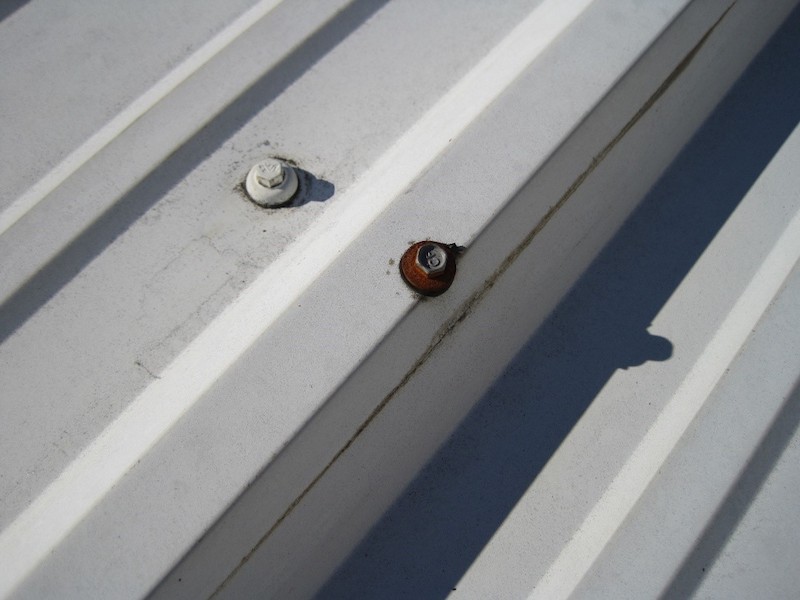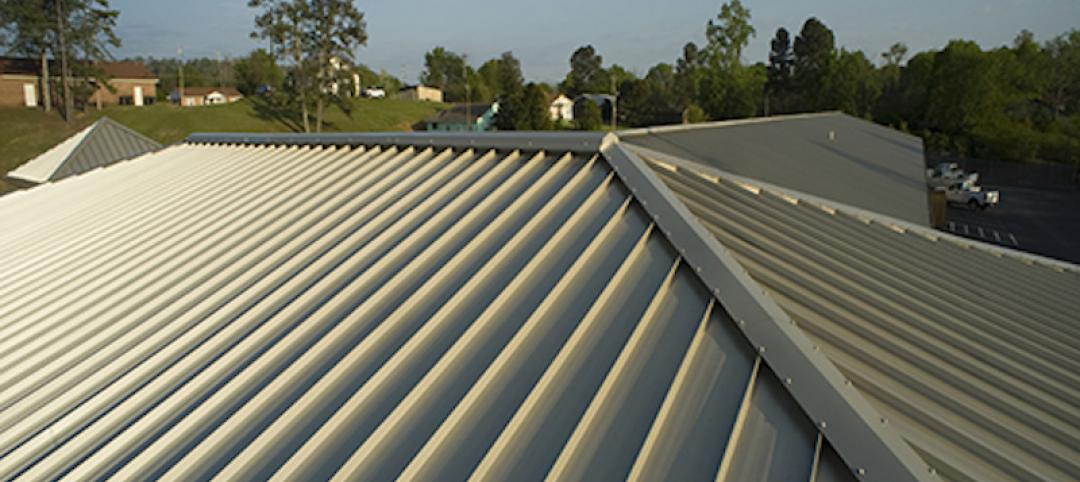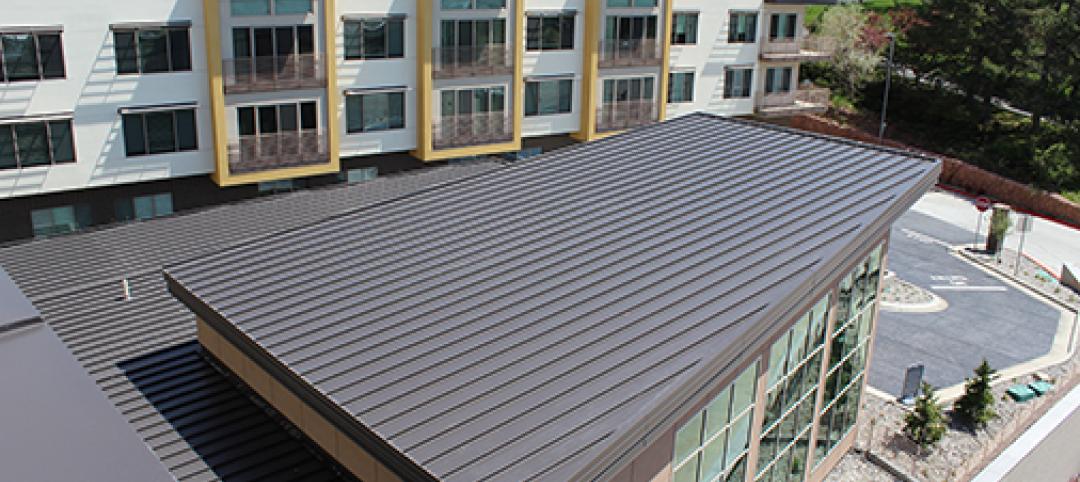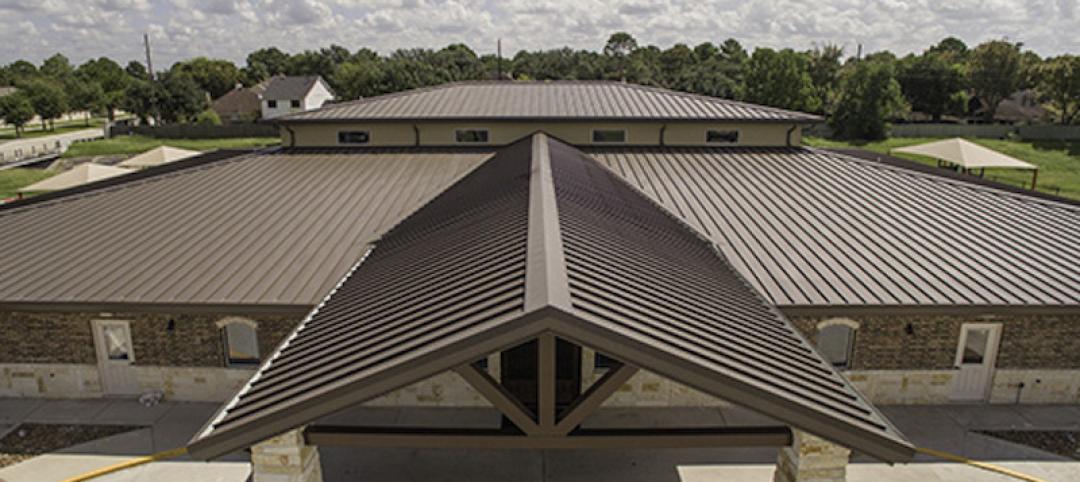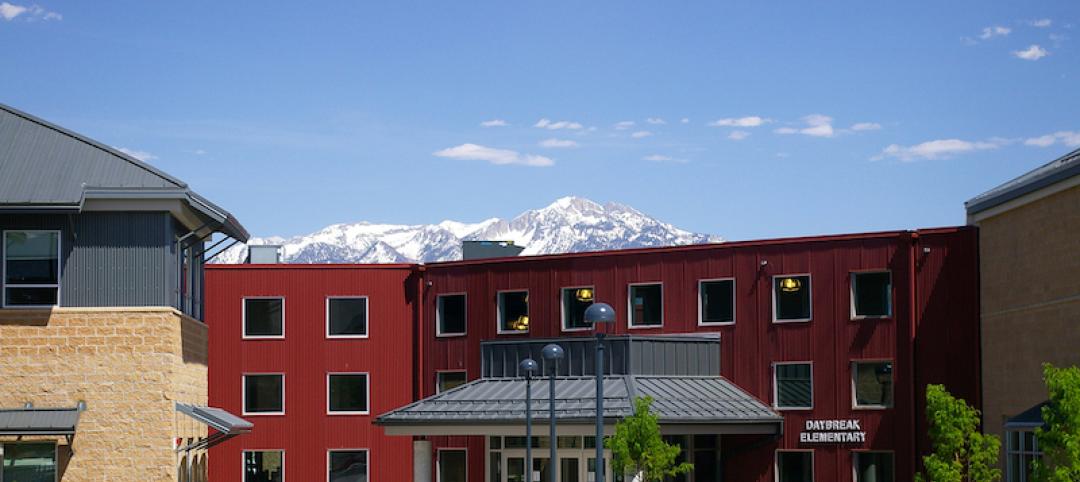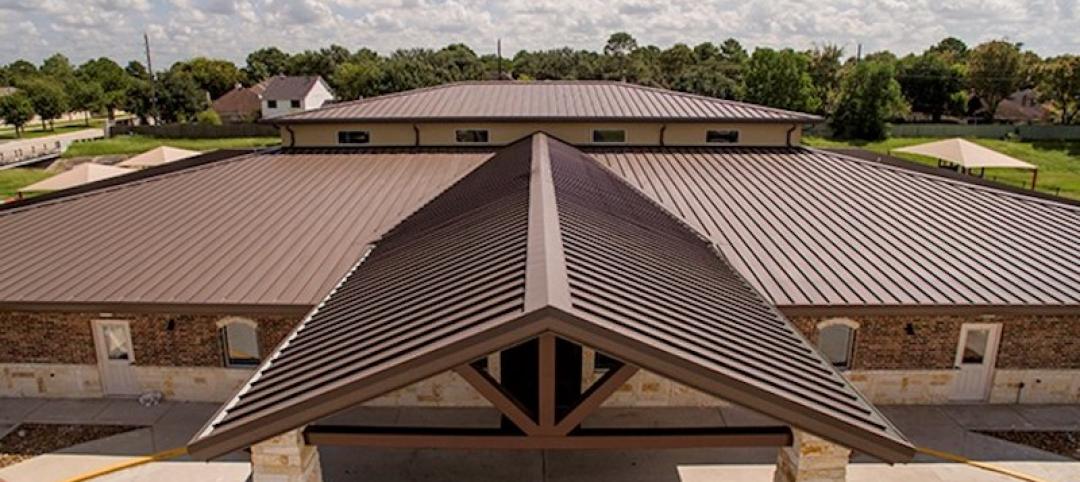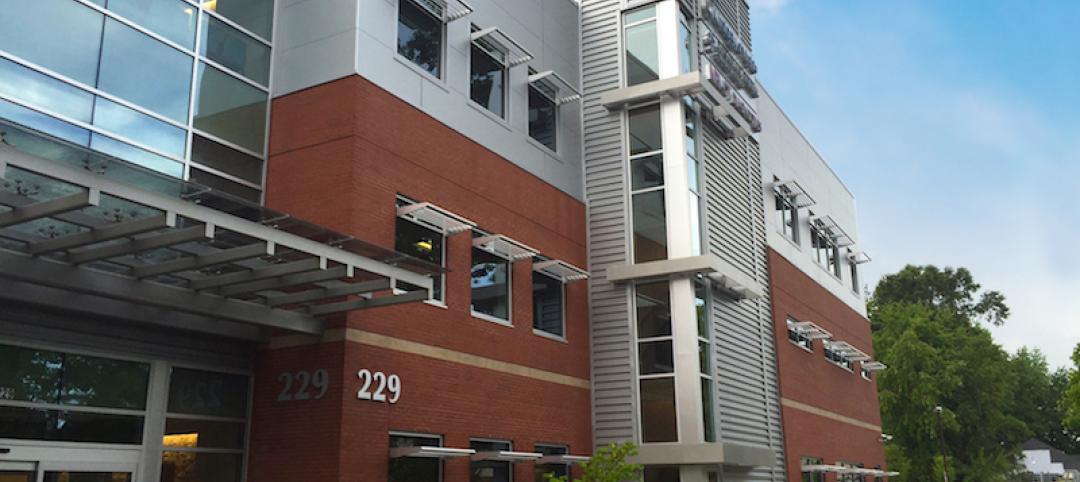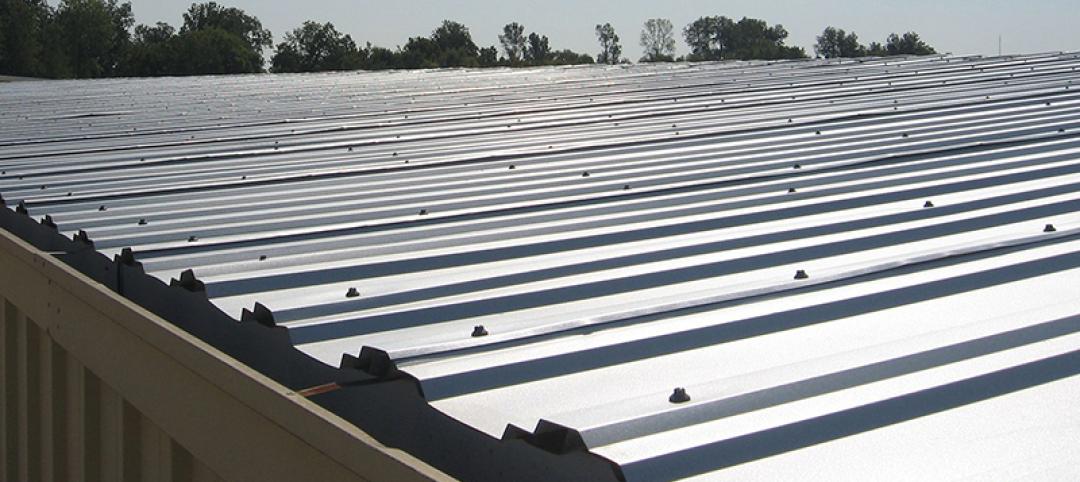As the saying goes: “It’s the little things.” While metal roof fasteners may seem like just a minor aspect of a big system—in both cost and size—they are quite literally what holds it all together. In that respect, the fasteners used to attach a metal roof system are a significant part of the roof performance and, in turn, of the whole building. A leak-free roof will save time, money and avoid headaches for contractors, installers, owners and occupants over the long term. After all, if this small, inexpensive part fails, it can result in costly issues down the road. That said, make sure that all exposed fasteners are long-life, which is an important factor for a properly installed metal roof; it will make all the difference.
Why Choose Long-Life Fasteners?
According to a recent study conducted by the Metal Construction Association, a properly installed Galvalume roof can be expected to last upwards of 60 years.
The key phrase in that last sentence is “properly installed.” While the meaning of proper installation will vary based on a number of different factors, such as the roof type, roof geometry and geographic location, there is one common element to any proper roof installation, and that is the use of long-life fasteners at exposed locations.
Fastener life, in fact, is key and should match (or exceed) the life expectancy of the panel where it is being used. Not only that, but with the fasteners being such a critical component to the metal roof’s overall performance, the contractor must be well versed in selecting the right fastener.
Whether your roof is a through-fastened roof, such as R panel, or a standing seam roof panel, it will have some exposed fasteners. It is imperative that these fasteners be long-life to prevent perforation of the roof panels at the exposed fastener locations. A non-long-life fastener will eventually begin to rust, even if it is painted. This rust “virus” will transfer down to the roof panel and rust a hole in the roof panel.
 These fasteners have transferred the rust virus to the panel and perforated it.
These fasteners have transferred the rust virus to the panel and perforated it.
To prevent this from happening to your roof, always specify that long-life fasteners be used in all exposed fastener locations. To ensure that you have long-life fasteners in your roof, perform an inspection. Long-life fasteners for Galvalume coated steel will either be stainless steel, stainless steel capped or have a zinc/aluminum cap.
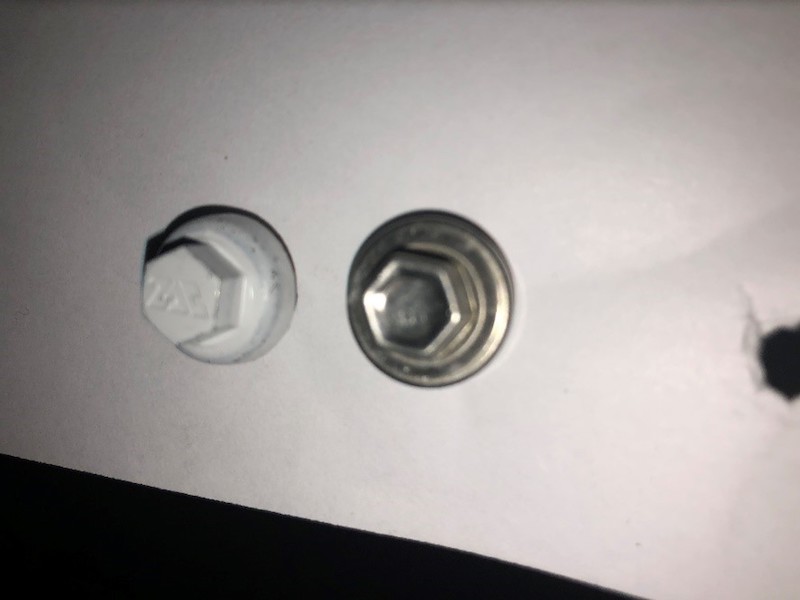 Long-life fasteners zinc/aluminum capped head (left) and stainless steel capped head (right).
Long-life fasteners zinc/aluminum capped head (left) and stainless steel capped head (right).
Oftentimes, installers will use long-life fasteners during the roofing process but inadvertently use the wrong fastener at some other locations, perhaps due to fasteners being mixed up in their tool bag. Other times, the misuse may be due to the need for a different fastener at a specific location.
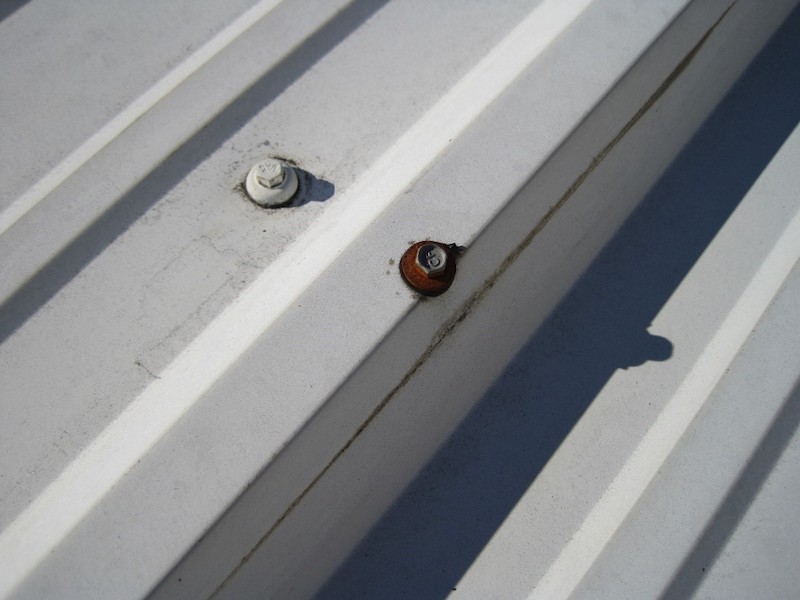 The fastener attaching the panel to the substructure is a long-life fastener. However, the lap fastener, which has a different drill point, is not a long-life fastener.
The fastener attaching the panel to the substructure is a long-life fastener. However, the lap fastener, which has a different drill point, is not a long-life fastener.
If non-long-life fasteners are found, they can be replaced with long-life fasteners of the same type. Long-life “oversized” fasteners are available to use in any locations where a fastener may be stripped out. Regardless of the installer’s intent or the fastener’s location, all exposed fasteners should be long-life. Failure to adhere to this could reduce the service life of your roof by 40 or more years.
To help maximize metal roof performance, MBCI long-life metal building fasteners are manufactured to work seamlessly with our metal panels and improve the installation process. For more information, refer to MBCI’s fastener catalog at www.mbci.com.
More from Author
MBCI | Dec 16, 2019
Cutting Metal Panels On Site
Cutting metal panels during project installation is a common construction practice. Check out this new blog post for field-cutting techniques, tools and best practices that can help preserve metal roof and wall panel appearance and longevity.
MBCI | Nov 15, 2019
Upgrading your roof with metal panels
We’ll address some ways metal roofing systems are an advantage when upgrading your roof and restoring your building to “like-new”, weathertight condition.
MBCI | Oct 15, 2019
Should you repair or replace a roof? How to decide
There are a number of key considerations.
MBCI | Jul 16, 2019
Metal roof seaming best practices
Because of the critical nature of seaming metal roofs, the crew members doing this work should be properly trained.
MBCI | Jun 12, 2019
Understanding LEED for green metal buildings
While some may think that a green building costs more and is more complicated to build, that is not actually the case.
MBCI | May 16, 2019
Metal roof installation
Metal roof installation techniques vary greatly depending on the fastening system selected.
MBCI | Mar 25, 2019
Insulated metal panels achieve high-tech design aesthetics
The new facility is expected to increase the number of jobs within the community.
MBCI | Feb 1, 2019
Why choose Retro-R® panels?
If your existing R-panel roof is in need of replacement or repair, Retro-R® panels may be the right retrofit solution.

